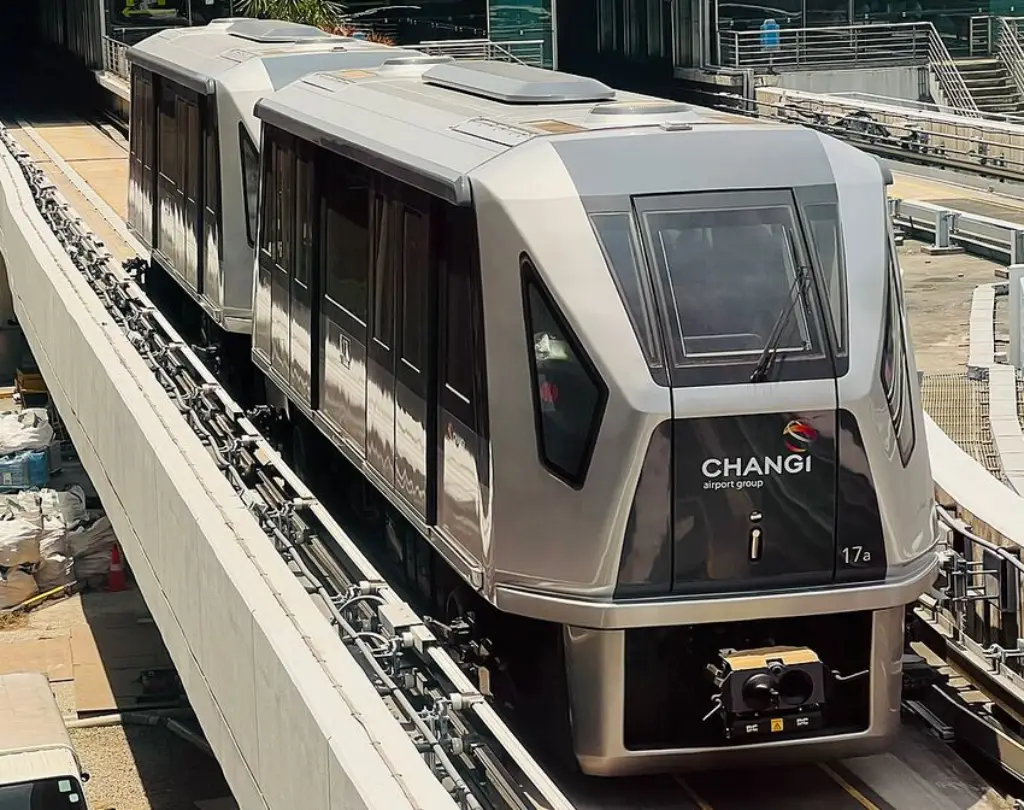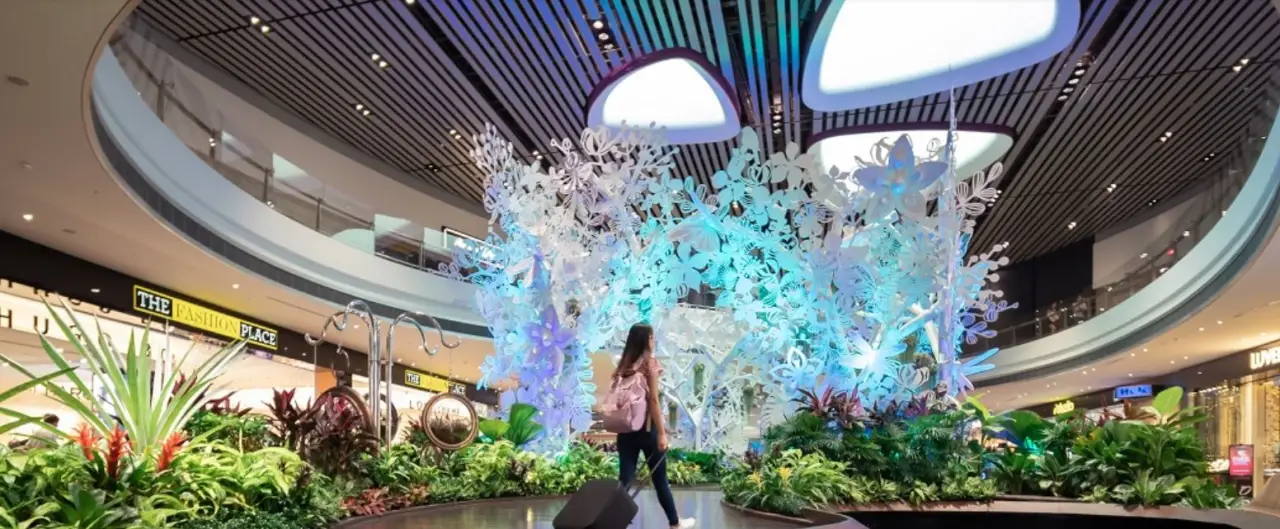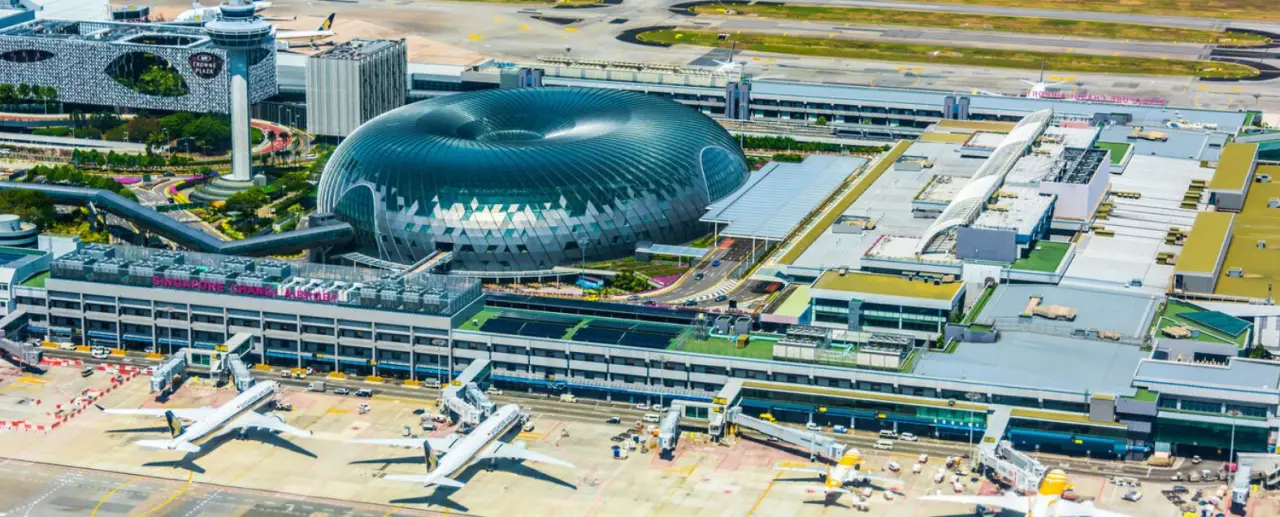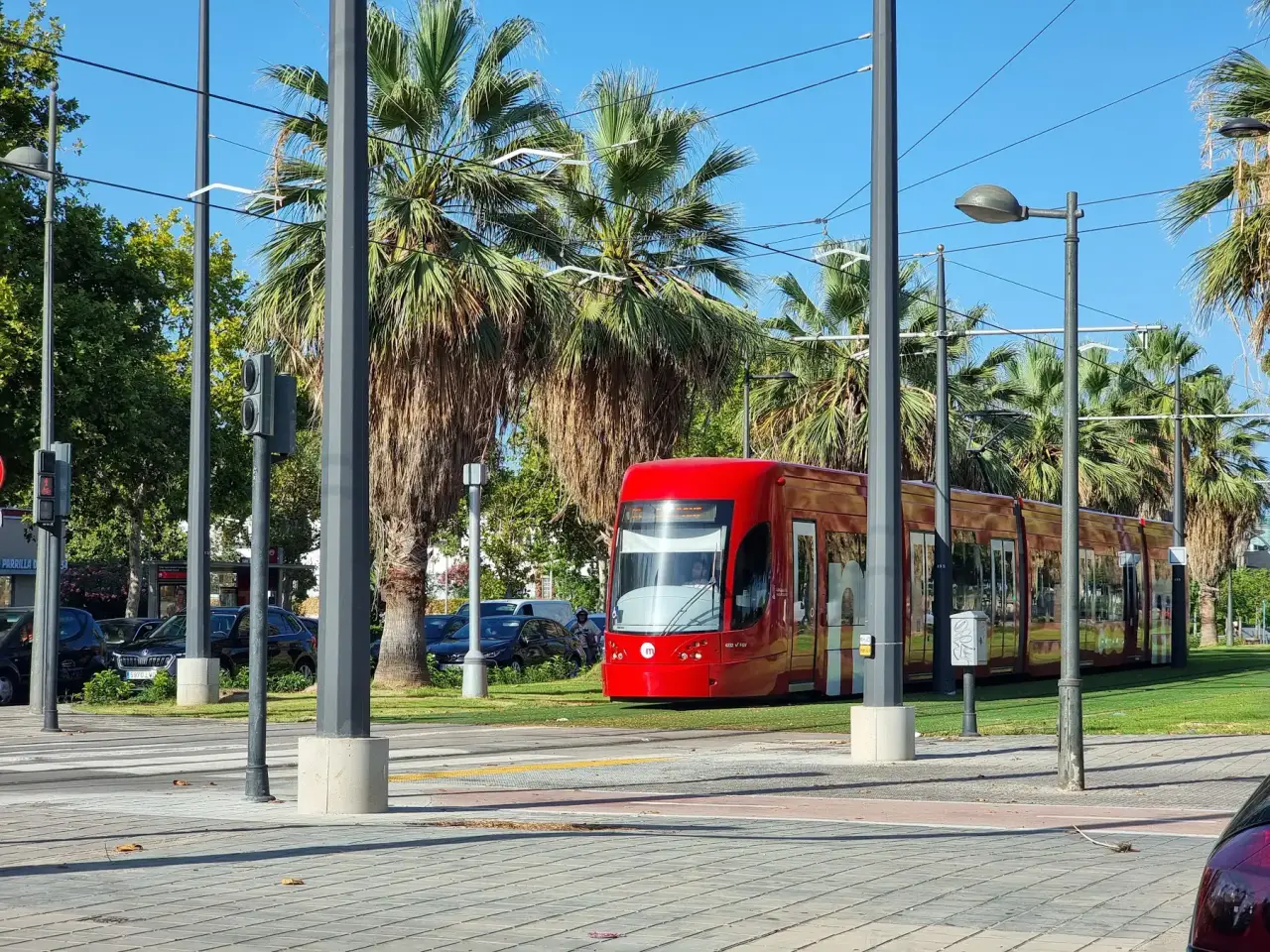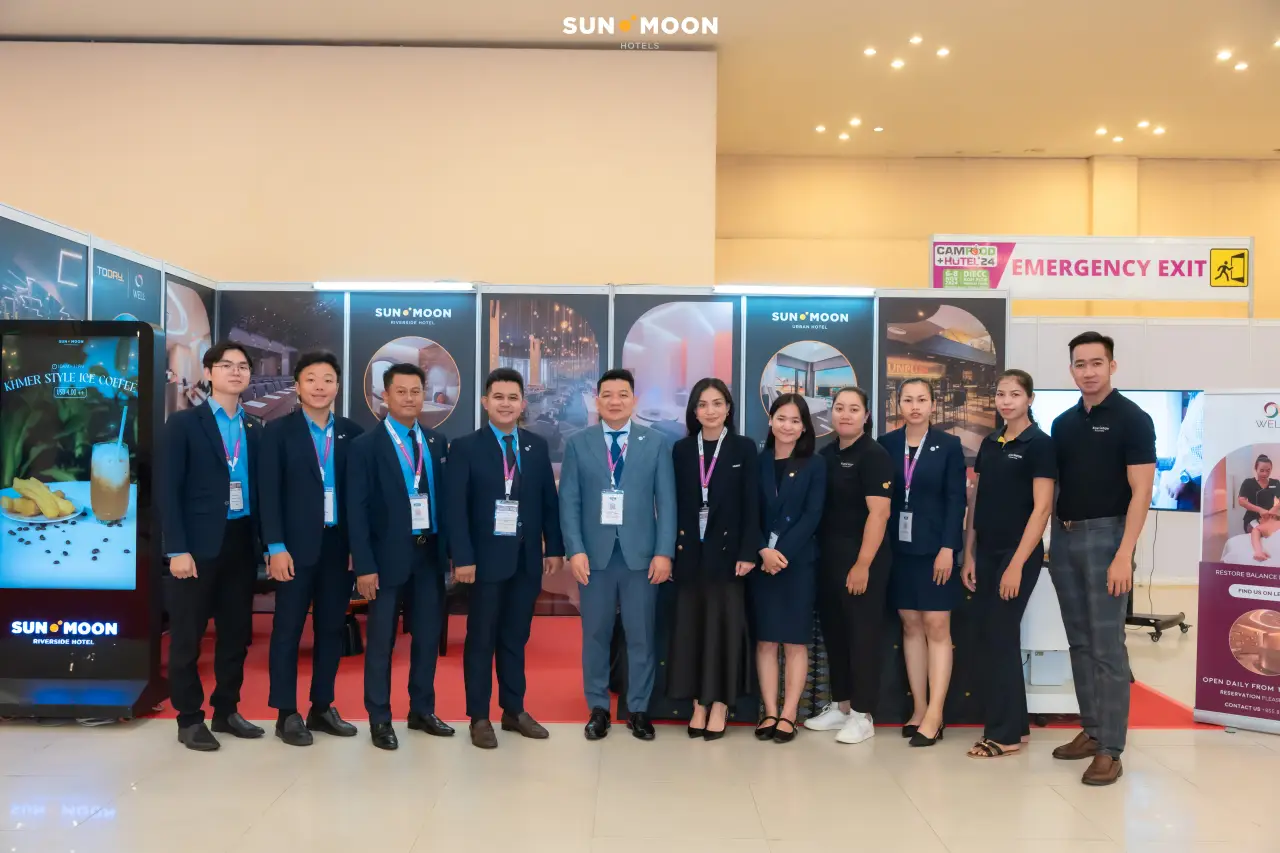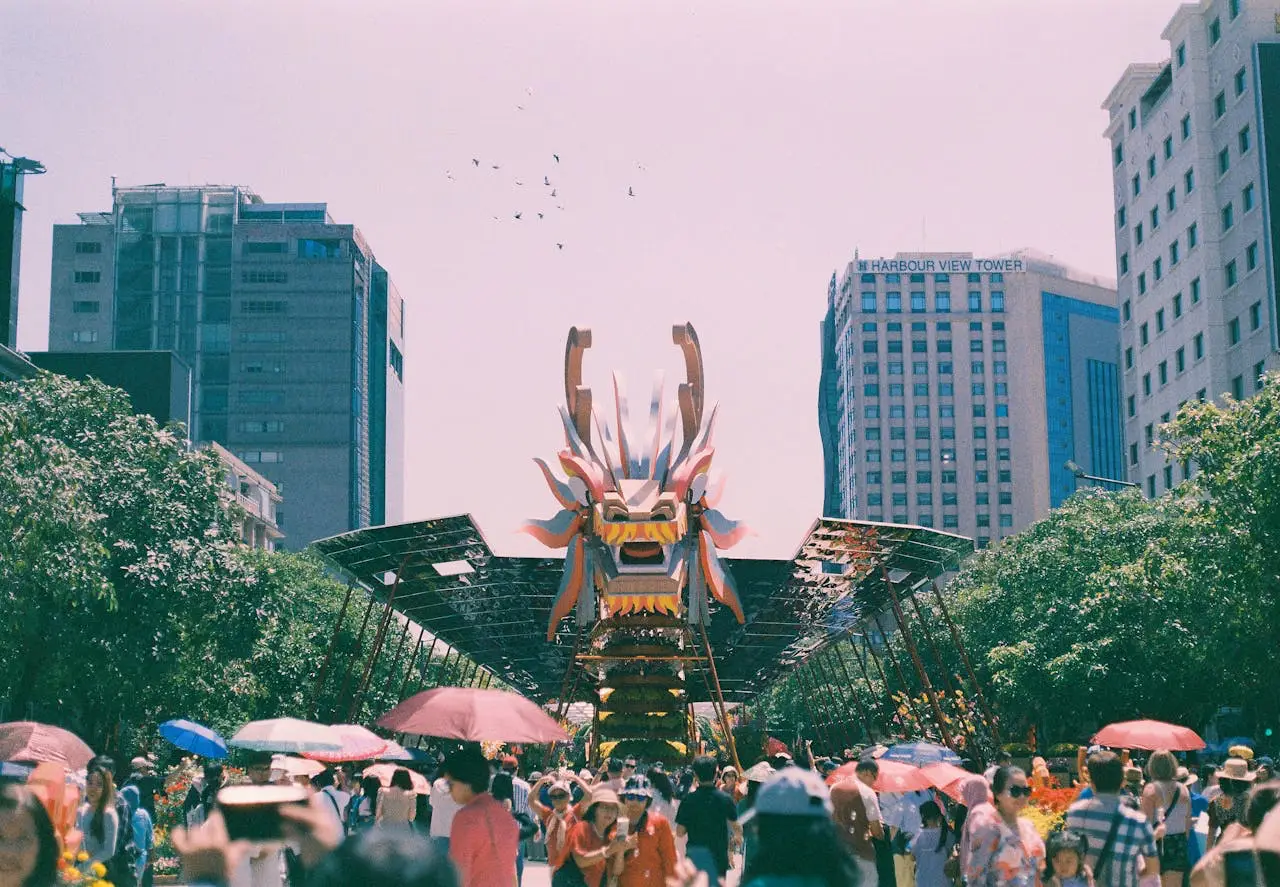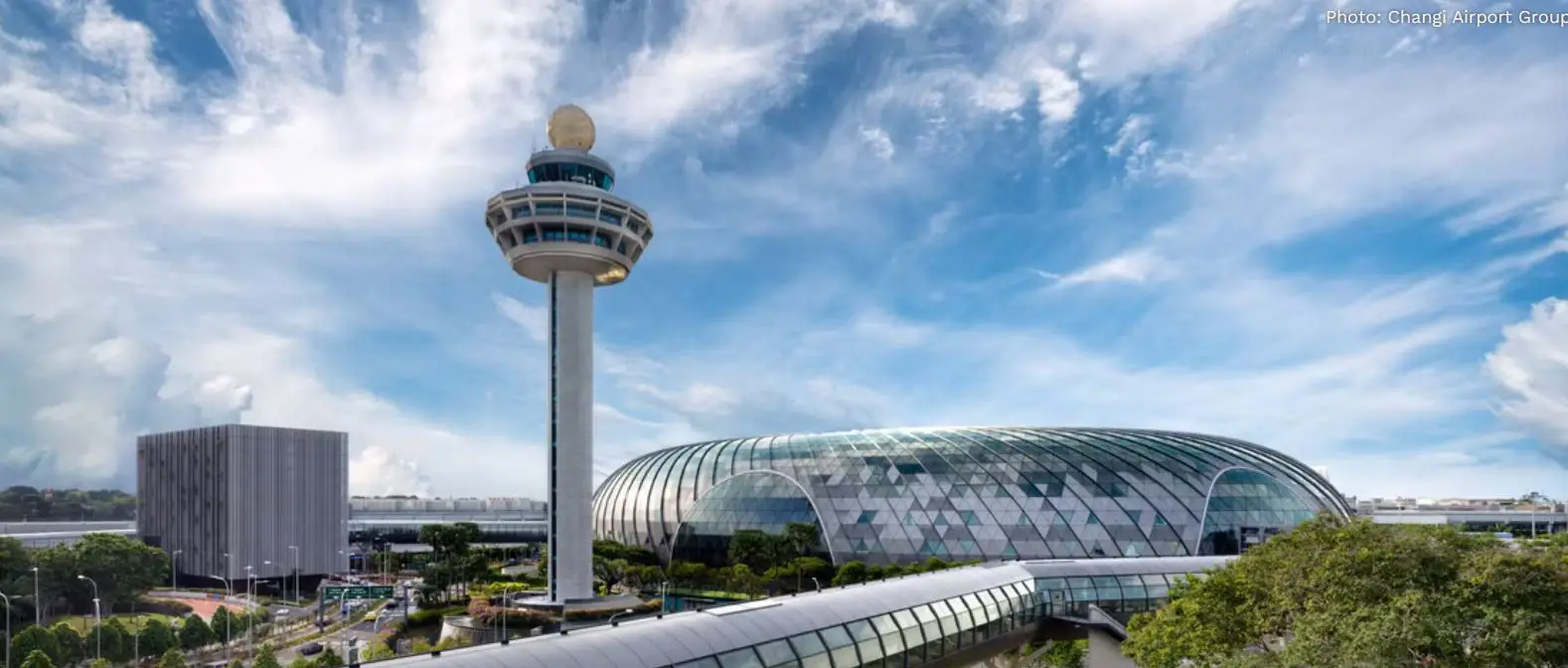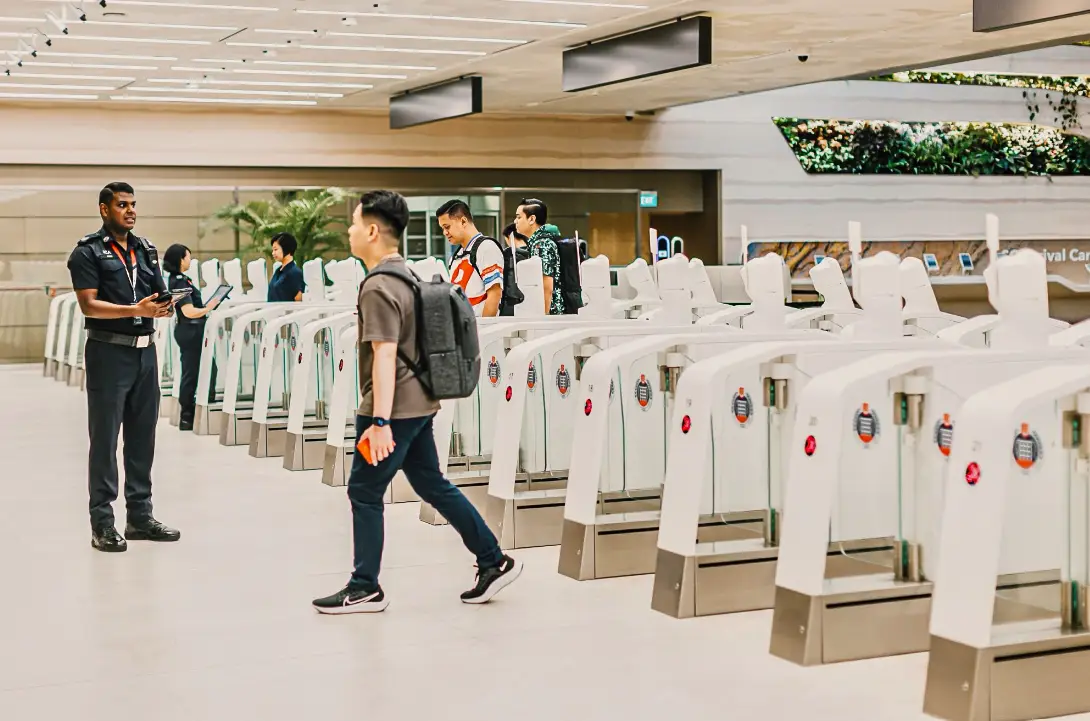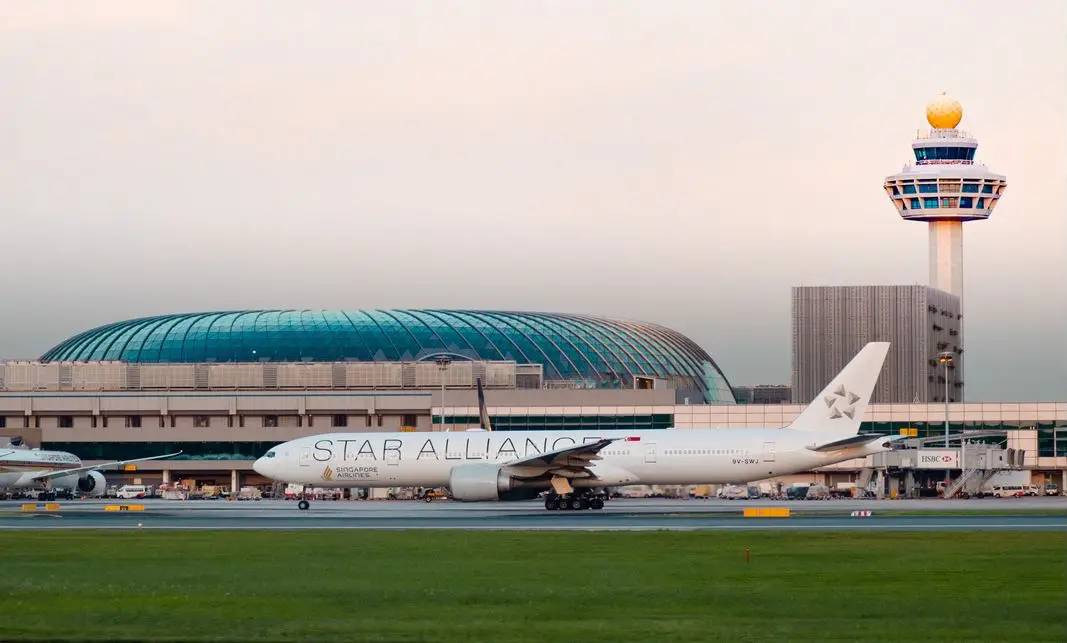Changi Airport Group (CAG) will invest S$3 billion (US$2.3 billion) over the next six years in Singapore Changi Airport Terminals 1 to 4 to help Changi Airport stay competitive and meet rising demand for air travel before Terminal 5 is operational in the mid-2030s.
Air travel demand is expected to grow strongly over the next few decades, particularly in the Asia-Pacific region. Both the International Air Transport Association and Airports Council International have projected global passenger volumes to at least double between 2023 and 2043, with Asia-Pacific recording the fastest rise, and contributing to more than half of this growth.
Over the past few years, including during the Covid-19 pandemic, CAG has invested heavily in airport infrastructure to position the Changi air hub for recovery and growth. These include significant expansion and upgrading of Changi Airport Terminal 2 increasing the terminal’s handling capacity by five million to 28 million passengers per annum; additional check-in facilities in Terminal 3; new aircraft parking stands and operationalisation of the three-runway system.
The investments include:
– Rejuvenation of Skytrain subsystems: Changi Airport will replace various Skytrain subsystems, which started operations in 2008 and new cars will also be added. The rejuvenation will help improve operational performance before the entire system is overhauled in the late 2030s.
– Upgrading of Terminal 3 Baggage Handling System and the new Terminal 1 to 3 Inter-Terminal Baggage Conveyance System: Terminal 3’s Baggage Handling System includes a revamp that will boost capacity by 65%. A new rooftop Inter-Terminal Baggage Conveyance System connecting Terminal 1 to Terminal 3 will also be constructed. This will ease the demand on the current underground system and reduces manpower needed for the towing of baggage.
– More check-in rows at Terminal 4: A new check-in row is being constructed at Terminal 4’s departure level to increase the terminal’s check-in capacity by about 15% and allow it to accommodate up to 2,500 passengers per hour.
– Expansion of Terminal 1 Arrival Immigration Halls: The capacity of Terminal 1’s East and West Arrival Immigration Halls will be expanded by almost 60%, to relieve the key bottlenecks for arrival clearance especially during peak periods.
– Strengthening of airside infrastructure: Airlines around the world are set to introduce Boeing’s new B779 family of planes into their fleets by 2026. As the world’s longest twin-engine aircraft, the B779 has a wheel load that is most demanding on aircraft pavements. Some taxiways at Changi will be reinforced and contact stands upgraded. In total, Changi Airport will have 39 contact stands across its terminals that can receive this aircraft.
– Construction of new airside facilities: More remote aircraft parking stands will be constructed that can be used for both passenger and cargo aircraft to meet the rising demand for aircraft parking. This will bring the total number of aircraft stands to more than 200. A taxiway will also be extended to connect these facilities to the rest of the airport. at Changi Airport. New smart systems will be introduced to minimise delays in aircraft turnaround.
– Refurbishment of Terminal 3: Systems and terminal facilities will be rejuvenated at Terminal 3, which opened in 2008 and will be more than 20 years old by 2030.
Increase in airport charges and Aviation Levy
Airport charges will be increased progressively between 2025 and 2030 to fund the new investments, and cater for higher operating costs including for manpower and energy.
Passengers who are departing from Changi Airport currently have a service and security fee of S$46.40 (US$35) included in their airfare. From Apr 1, 2027, this fee will increase by S$3 a year for four years. By the final increase in April 2030, it will be S$58.40 (US$44).
Transfer or transit passengers now pay S$6 and this fee will rise by S$3 every year for three years starting April 2025. It will then increase by S$1 annually for the subsequent three years. The fee will be S$18 for all transiting passengers in 2030.
Airlines will also have to pay higher landing, parking and aerobridge (LPA) charges from April 2025, but they get a 50 per cent rebate on the increases for the first six months from 1 April 2025 to 30 September 2025.
The LPA charge for a narrow-body A320 aircraft, presently around S$1,200 per landing, will increase annually by an average of S$110 per landing for the first three years, and an average of about S$65 per landing for the next three years. The LPA charge for a wide-body A350 aircraft, presently around S$3,600, will increase annually by an average of S$290 per landing for the first three years, and an average of about S$190 per landing for the next three years.
Changi aims to increase its network from around 160 city links today, to over 200 city links in the mid-2030s. There are more than 100 airlines operating from Changi today.


